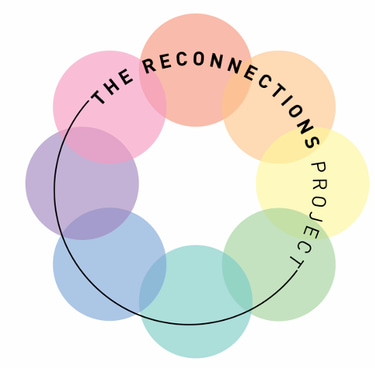Siloed working is the enemy of effective campaigns
As busy change-makers, we tend to be stuck working in our bubbles and staying so busy that we don’t have time to reflect on what is actually needed to foster real change.
EFFECTIVE CAMPAIGNS
Dr Trent Grassian
3/21/20253 min read


Last week, I wrote about two of the biggest barriers to non-profits’ effectiveness. I looked at how the motives and constraints underlying campaign design tend to restrict our ability to create real change. Campaigns tend to be designed in ways that are based on: (a) where funding is available, (b) what ‘looks good’ and will get a lot of press, (c) continuing historic commitments / work, and (d) reactive work, where time-pressures prevent thorough planning.
Competing with each other for (always incredibly limited) funding and media attention inhibits our ability to work together and collaborate. Not to mention how we are always too busy! But, siloed working is the enemy of effective campaigns. I have had countless conversations with non-profits interested in designing a new campaign, where they have no idea that another organisation is currently or has already done that exact (or a very similar) campaign.
One of the best ways we could make real change is by stepping across the artificial borders created by the ‘areas’ we work in. We need to start focusing on commonalities in our goals and the ways we can achieve these.
There are so many ways that we could build effective coalitions in support of human justice, animal justice, environmental justice, and food justice. Land use is a great example of this. We could work with environmental, re-wilding, homelessness, and animal protection organisations (amongst others) to convert land that is currently sitting unused, ready for ‘grazing’. [Because of some very out-dated policies, 100s of billions of pounds have been spent on direct payments for just keeping land 'ready' for grazing across Europe...]
How incredible would it be if all of these sectors came together with a common purpose: convert this land into affordable housing, with plenty of space for people to grow their own food, people are trained in horticulture, and there is lots of space left over to for re-forestation and re-wilding?
But, in our current busy, competitive atmosphere, people in the homelessness sector would never think to talk to those in the food justice or environmental sectors (and vice versa). We simply don’t realise that we have overlapping and complementary aims. People love talking about intersectionality, but so few people and organisations actually demonstrate real intersectionality in the work they are doing.
There are also examples from the education sector, where I previously worked as a teacher and researcher. Public procurement — government spending on things for us, like food — is a HUGE source of environmental degradation and food production. We know that much of the food purchased by government is highly processed, animal-derived food that is terrible for the environment and our health.
What about the rights of disabled people, low-income people, and children to access healthy, sustainably-sourced food? These systems need to be radically transformed to provide healthy, environmentally-friendly foods. If we worked collaboratively to address food injustices, we could see enormous benefits for the education sector (healthy kids learn better!), the welfare system, land use (more land for affordable housing if less is used for animal agriculture!), and the environment.
These are just two examples of ways we could think differently. I don’t personally have all (or many!) of the answers we need, but I know that if we started building bridges and alliances across different sectors, amazing things would be possible. Different organisations and human / animal / food / environmental justice sectors have very different ‘norms,’ ways of working, and basic assumptions that they rely on. What if, by collaborating, we had to confront these differences and find ways of working that reflect the ways all of these systems interconnect and exploit us?
There are so many opportunities for us to make real change. I would love to see more cross-sector coalitions, looking at how we can create real, systemic change through real, strategic thinking. We need to work together, to find ways to elevate the voices and needs of those we aren’t listening to, and to get out of our own bubbles to make powerful coalitions. If we don’t do that, we risk staying on the same destructive path we are already on.
What ideas do you have for real, cross-sector change? And what can we do to start building these coalitions?
